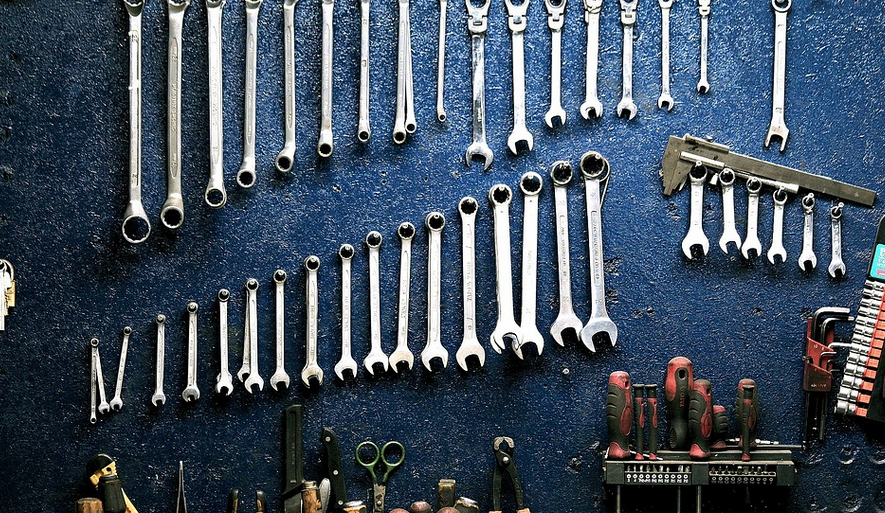Summer Heat Got You Down? Don’t Despair, It’s Likely an Easy Fix!
There’s nothing quite like stepping back into a cool and refreshing environment after a long day of sunshine. However, when your air conditioner starts blowing warm air instead of the desired cool breeze, it can be a real bummer! Don’t sweat it, though – this is probably more common than you think, and there are usually simple steps you can take to get things back on track.
Before you start panicking about a faulty system or a scorching summer season, let’s explore what could be causing your AC to blow warm air. It might seem like a simple issue, but pinpointing the exact cause is key to finding a quick and effective solution. Let’s dive into some common culprits.
Understanding the Basics: How Your Air Conditioner Works
Air conditioners are intricate machines that work by transferring heat from inside your home to outside. This process involves using refrigerant, a special fluid that circulates through your system and absorbs heat as it moves through your house’s ductwork.
The key components in an air conditioner include the indoor evaporator coil and the outdoor condenser coil. The evaporator coil, located inside your home, cools down the incoming air using the refrigerant. This cooled air then circulates throughout your living space. Meanwhile, the outdoor condenser coil releases the absorbed heat from the refrigerant outside.
Understanding this basic process of how an AC works will help you identify potential problems that could lead to warm air blowing out!
Common Culprits for Blowing Warm Air
Now that we’ve covered the basics, let’s explore some common reasons why your air conditioner might be working less than optimally.
1. Dirty Filter: The Unsung Hero of Efficiency
A clogged air filter is one of the most frequent culprits for issues with your AC unit. As air flows through your system, it gets filtered by a screen, which is designed to capture dust and debris. But over time, this filter can accumulate dirt, pollen, and other particles, blocking airflow. This leads to poor cooling and even blowing warm air.
Regularly check your filter – typically every 1-2 months – and replace it if it’s dirty. A clean filter ensures proper airflow for optimal air conditioning performance!
2. Refrigerant Issues: The Coolest Liquid in the World
Refrigerant is a vital part of an air conditioner’s cooling process. This fluid circulates through the system, absorbing heat from inside your home and releasing it outside. A leak in the refrigerant line can significantly impact its efficiency.
A low level of refrigerating or even a complete loss of refrigerant can cause excessive warm air flow. In such cases, you’ll need to contact a qualified HVAC technician for repair to prevent further damage. Don’t try to fix it yourself – it’s best left to the experts.
3. Blower Motor Problems: The Heartbeat of Cooling
The blower motor is responsible for circulating the cooled air throughout your room. If this motor malfunctions, or experiences a clog, the airflow could be hampered.
Inspecting and cleaning the blower fan and its surrounding area can help prevent clogs. A slight breeze should be able to blow across your face and feel cool. If not, it’s time for professional help.
4. Thermostat Issues: The Temperature Gauge
Your thermostat is a vital component in regulating the temperature of your home and coordinating with your AC unit. If your thermostat isn’t set to “cooling” mode or if it’s malfunctioning, your air conditioner might not be getting the right signal to operate.
Check the settings on your thermostat to ensure it’s set to cool mode. If you are unsure about how to use a specific device, check the user manual for instructions.
5. Electrical Issues: The Power Source
Electrical problems can also contribute to warm air blowing out of your AC unit. Damaged wiring or loose connections in the electrical system can disrupt airflow and compromise cooling abilities.
Don’t hesitate to call a qualified electrician if you suspect any electrical issues in your AC unit. They can diagnose and fix these problems, ensuring adequate power flow for optimal performance.
Quick Fixes and Troubleshooting Tips
While some of the causes listed above might not be easily remedied on your own, there are a few quick fixes and troubleshooting steps you can take to potentially get your AC back on track:
* **Check the air filter:** This is probably one of the easiest things to do. * **Clean the condenser coils:** Dust buildup can restrict airflow. * **Inspect the outdoor unit for debris or obstructions:** If there’s a blockage, it might lead to compromised cooling.
If your AC seems to be blowing warm air consistently, remember that calling a professional HVAC technician is always recommended. They have the expertise and tools to diagnose and fix potential issues effectively.
Final Thoughts: Staying Cool in Style
Summer days can be scorching hot, and having an efficient AC unit is crucial for keeping your home cool! While these causes might seem frustrating, know that they are often solvable with a few simple steps. If you’re facing persistent issues, don’t hesitate to call on the expertise of a qualified HVAC technician to ensure maximum comfort throughout the summer.
